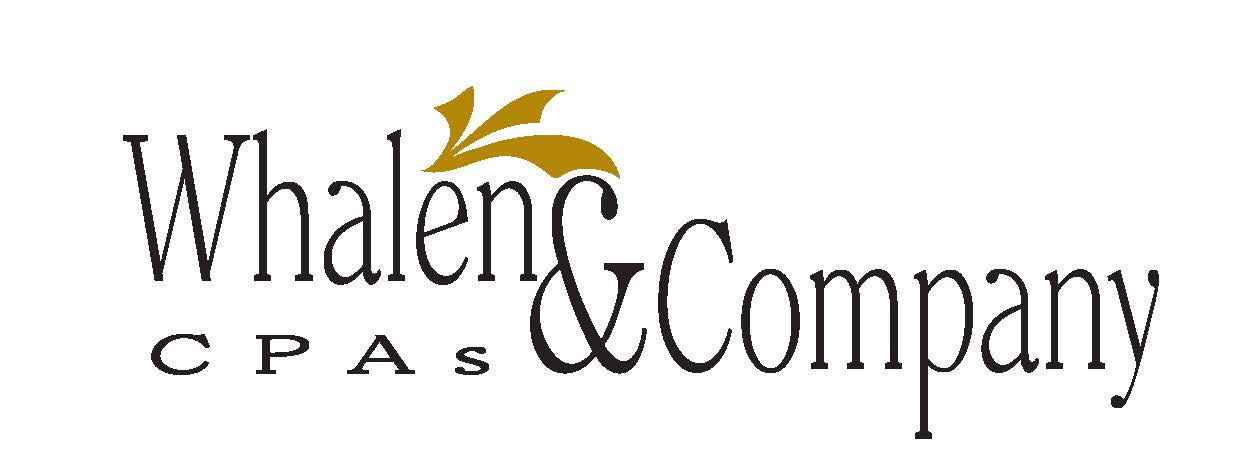Two tax benefits from one donation?
It’s possible – give appreciated stock instead of cash.
If you’re charitably inclined, making donations is probably one of your key year-end tax planning strategies. But if you typically give cash, you may want to consider another option that provides not just one but two tax benefits: Donating long-term appreciated stock.
More tax savings
Appreciated publicly traded stock you’ve held more than one year is long-term capital gains property. If you donate it to a qualified charity, you can enjoy two benefits: 1) You can claim a charitable deduction equal to the stock’s fair market value, and 2) you can avoid the capital gains tax you’d pay if you sold the stock. This will be especially beneficial to taxpayers facing the 3.8% net investment income tax (NIIT) or the top 20% long-term capital gains rate this year.
Let’s say you donate $10,000 of stock that you paid $3,000 for, your ordinary-income tax rate is 39.6% and your long-term capital gains rate is 20%. If you sold the stock, you’d pay $1,400 in tax on the $7,000 gain. If you were also subject to the 3.8% NIIT, you’d pay another $266 in NIIT.
By instead donating the stock to charity, you save $5,626 in federal tax ($1,666 in capital gains tax and NIIT plus $3,960 from the $10,000 income tax deduction). If you donated $10,000 in cash, your federal tax savings would be only $3,960.
Tread carefully
Beware that donations of long-term capital gains property are subject to tighter deduction limits — 30% of your adjusted gross income for gifts to public charities, 20% for gifts to nonoperating private foundations (compared to 50% and 30%, respectively, for cash donations).
And don’t donate stock that’s worth less than your basis. Instead, sell the stock so you can deduct the loss and then donate the cash proceeds to charity.
If you own appreciated stock that you’d like to sell, but you’re concerned about the tax hit, donating it to charity might be right for you. For more details on this and other strategies to achieve your charitable giving and tax-saving goals, contact us.
© 2016 Thomson Reuters



 Section 529 plans provide a tax-advantaged way to help pay for college expenses. Here are just a few of the benefits:
Section 529 plans provide a tax-advantaged way to help pay for college expenses. Here are just a few of the benefits:
 If you have incomplete or missing records and get audited by the IRS, your business will likely lose out on valuable
If you have incomplete or missing records and get audited by the IRS, your business will likely lose out on valuable 
